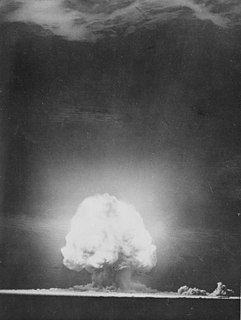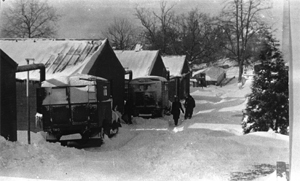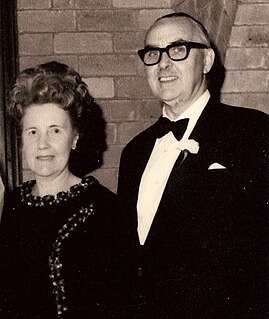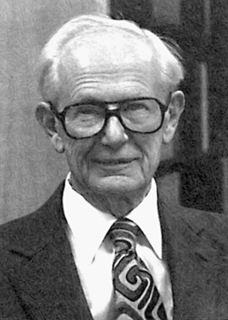This article needs additional citations for verification .(September 2016) (Learn how and when to remove this template message) |
The Committee for the Scientific Survey of Air Defence (CSSAD), [1] also known as the Tizard Committee after its chairman, Henry Tizard, was a pre-World War II scientific mission to study the needs of anti-aircraft warfare in the United Kingdom. The Committee is best known for its role in shepherding the development of radar, and the building of the Chain Home radar array and its associated control centres. Winston Churchill credited the success of the Battle of Britain to this work.
Sir Henry Thomas Tizard was an English chemist, inventor and Rector of Imperial College, who developed the modern "octane rating" used to classify petrol, helped develop radar in World War II, and led the first serious studies of UFOs.

World War II, also known as the Second World War, was a global war that lasted from 1939 to 1945. The vast majority of the world's countries—including all the great powers—eventually formed two opposing military alliances: the Allies and the Axis. A state of total war emerged, directly involving more than 100 million people from more than 30 countries. The major participants threw their entire economic, industrial, and scientific capabilities behind the war effort, blurring the distinction between civilian and military resources. World War II was the deadliest conflict in human history, marked by 70 to 85 million fatalities, most of whom were civilians in the Soviet Union and China. It included massacres, the genocide of the Holocaust, strategic bombing, premeditated death from starvation and disease, and the only use of nuclear weapons in war.

Anti-aircraft warfare or counter-air defence is defined by NATO as "all measures designed to nullify or reduce the effectiveness of hostile air action". They include surface based, subsurface, and air-based weapon systems, associated sensor systems, command and control arrangements and passive measures. It may be used to protect naval, ground, and air forces in any location. However, for most countries the main effort has tended to be 'homeland defence'. NATO refers to airborne air defence as counter-air and naval air defence as anti-aircraft warfare. Missile defence is an extension of air defence as are initiatives to adapt air defence to the task of intercepting any projectile in flight.
CSSAD was formed in 1934. [2] [3] In September 1939, it was merged with the Committee for the Scientific Survey of Air Offence, which had been formed in 1937, and was also chaired by Tizard, to form the Committee for the Scientific Survey of Air Warfare (CSSAW). [4] Tizard helped convince Churchill to hand over Britain's most important secret weapons technology to the Americans with no strings attached. The Tizard Mission (officially the British Technical and Scientific Mission) delivered the technology to the Americans in a simple black metal box at the height of the Battle of Britain. CSSAW was discontinued in June 1940. [5]
The Tizard Mission, officially the British Technical and Scientific Mission, was a British delegation that visited the United States during the Second World War in order to obtain the industrial resources to exploit the military potential of the research and development (R&D) work completed by the UK up to the beginning of World War II, but that Britain itself could not exploit due to the immediate requirements of war-related production. It received its popular name from the program's instigator, Henry Tizard. Tizard was a British scientist and chairman of the Aeronautical Research Committee, which had propelled the development of radar.










